Since the development of ARC, the Great North Air Ambulance Service’s (GNAAS) tasking system, patient care and the skillset of its clinicians has improved. But how?
Here, Holly Taylor chats to paramedic John Kirton who gives us a little insight into ARC and how it works…
John, what is ARC?
Well, ARC is a software developed by GNAAS that is a complete tasking system.
This means that from getting the task or job, it will show us the location of the incident, it will tell us which hospital is closest, help us with our decision making, inform us on which aircraft to send and it also provides the patient report form.
ARC will also provide us clinicians with a retrospective audit of each job we’ve been on, which can prove important when looking back on patient care and helping us to constantly improve the level of service we’re providing.
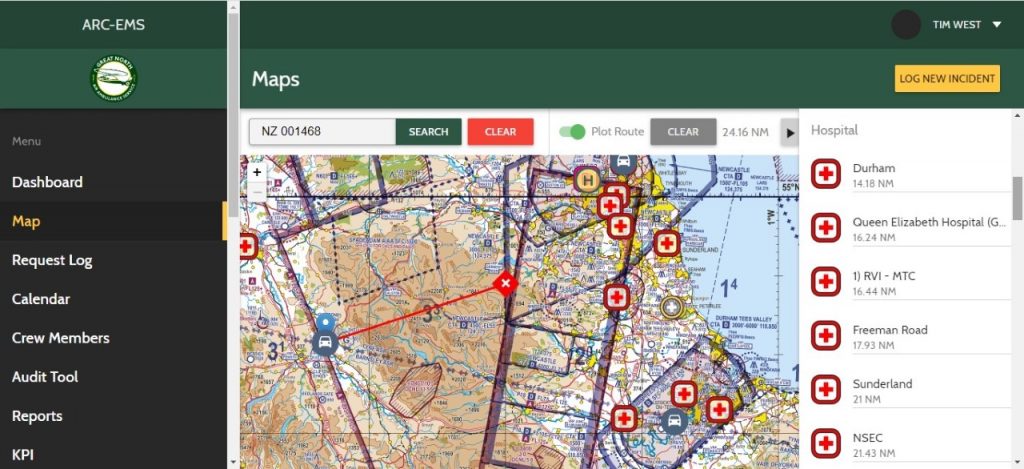

What’s included in the patient reports?
The patient report form contains everything the clinical team has done to help that patient and their findings. This document can then be shown to the patient afterwards.
Things you can expect to find on the patient form are a full examination of the patient from arriving on scene, and any interventions we’ve carried out such as a thoracotomy.
You will also find all of the patient’s contact details on the report as well as any ops coverage.
Ops coverage includes the time we arrived on scene to that patient, the time we left, what time we arrived at hospital, and all of their injuries.
Last but not least, patient observations are all on this report which includes things like their blood pressure. So, as you can see it practically makes up a whole system.
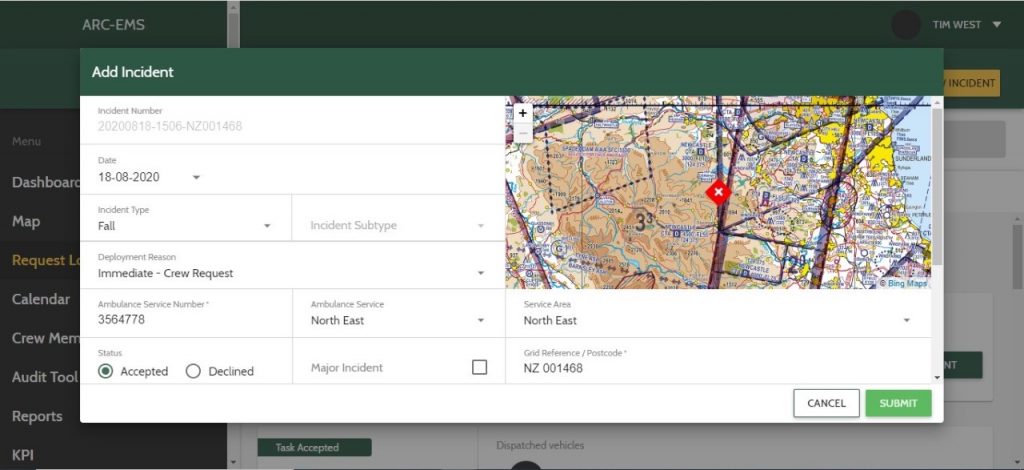

What came before ARC?
Before this tasking system, we used a combination of paper and records.
We realised there was a need for this system a few years back now. It started to be developed in 2015 and came into service in January 2017 – we’ve never looked back.
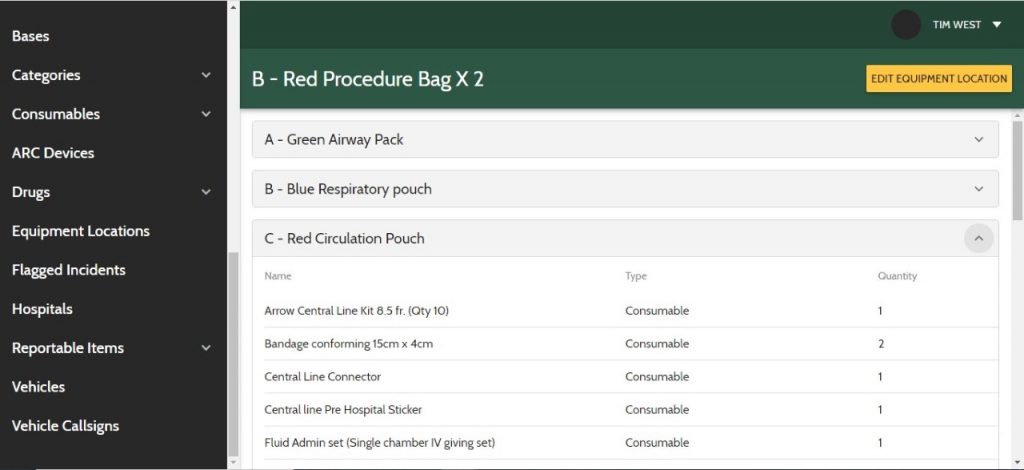

Is ARC helping to improve patient care, John?
Absolutely. In the past, if we wanted to analyse or assess if a certain intervention is benefiting the patient, we would have to spend a huge amount of time going through paperwork to look at reports and pull the data off manually to assess it.
This system has massively improved patient care. Deciding to attend a job is at our discretion, but it means going forward, the data is there and saved forever so if I want to go back and see what I did on a job last year, I can and I can look to see if I could do anything better if it happened again.
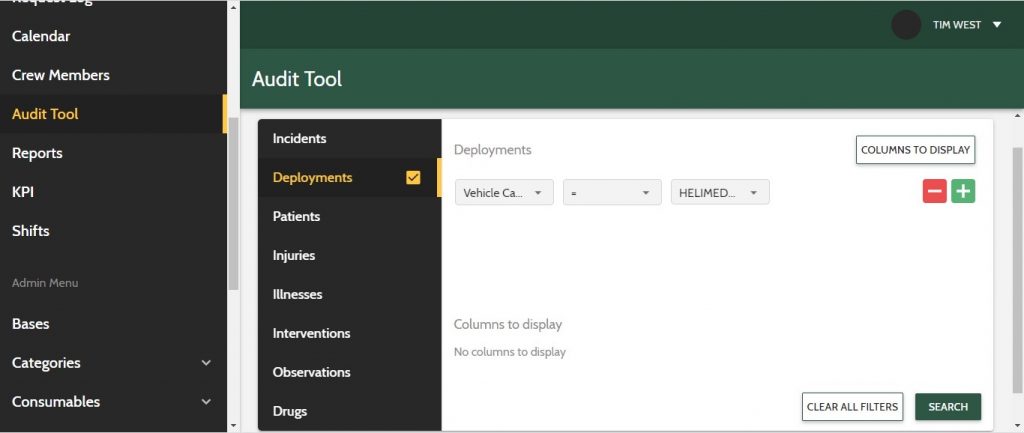

Finally, is there anything else ARC can do?
Actually, yes. The software is also designed to show the drugs we have in stock in each air base. All of the drugs we use on patients have expiry dates that are logged on ARC. The software will let us know if something is running low or if a drug is about to go out of date so we can act accordingly.
This means, not only is ARC improving patient care and our clinical skillsets, but it is also improving clinical systems, too.
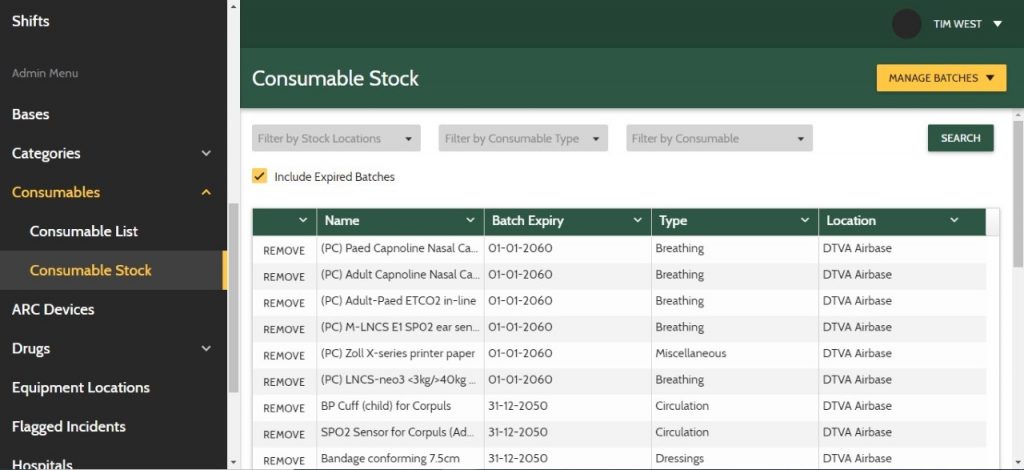

You can read more about ARC here.



